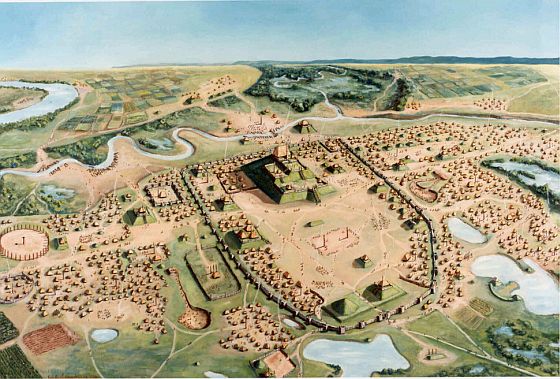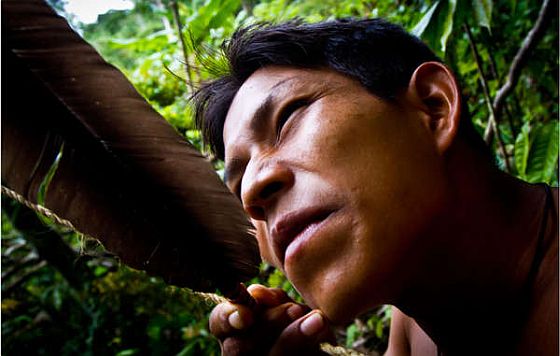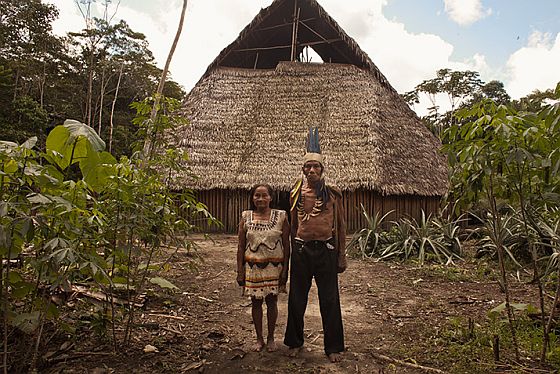Vi Waln writes: My Lakota people have a phrase – Mni Wiconi – which means “water of life”. Water is also Pejuta – our primary medicine. It is an extremely sacred element without which we cannot live, yet many people take it for granted. They do not realize: when our drinking-water sources are gone or contaminated, humanity will perish.
Water is also present in every single Lakota ceremony at which I pray – it is essential to our ceremonial way of life. Like our ancestors who sacrificed their very lives for our survival, many of us pray for the descendants who will soon stand in our place, and one of our most important prayers is for our descendants to always have an abundance of clean drinking water.
But TransCanada’s Keystone XL oil pipeline (KXL), which the company has proposed building directly over the Ogallala Aquifer, is still an immediate threat to all of us who drink water from that underground reservoir.
The Ogallala Aquifer is a major water supply for eight states, from here in North Dakota down to Texas and all the way out to New Mexico. Without clean water, these eight states will become uninhabitable. Many people – Indian and non-Indian alike – are prepared to fight the pipeline’s construction to protect the water and land, no matter the result of Tuesday evening’s vote in the US Senate.
Many Lakota people in particular view the construction of this pipeline through our treaty territory as a true act of war. [Continue reading…]
The Guardian reports: The most significant attempt yet to force US government approval of the Keystone XL oil pipeline failed narrowly to clear the Senate on Tuesday night as a coalition of Republicans and moderate Democrats fell one vote short of the 60 votes needed for the legislation to pass.
Fourteen Democrats, led by Louisiana senator Mary Landrieu, joined all 45 Republicans in voting for the bill, which called for the controversial energy project to be given immediate go-ahead after years of delay due to environmental concerns.
A similar bill was passed in the House of Representatives on Friday.
But, as expected, the bipartisan coalition failed to win over sufficient wavering Democrats, such as Jay Rockefeller of West Virginia and independent Maine senator Angus King, who joined the party’s leadership and opposed the bill for a total of 41 votes against.
Landrieu, who is fighting to hold on to her seat in a run-off election next month, had called for the bill in a last-ditch effort to shore up her support in Louisiana. She attempted to heal party rifts afterwards, telling reporters in the Senate: “there is no blame, there is only joy in the fight”.
Nevertheless the size of the Democratic rebellion may put additional pressure on the White House to approve construction of the pipeline in future if, as promised, Republicans make a fresh attempt to pass legislation when the new Senate is sworn in next January. [Continue reading…]




